The evaporator is the component of a refrigeration system where the crucial process of heat absorption occurs. Positioned strategically within the low-pressure side, it serves as the bridge between the expansion device and the compressor. Its role is to facilitate the transformation of the refrigerant from a liquid to a gaseous state by absorbing heat from the environment intended to be cooled.
The Core Function of An Evaporator
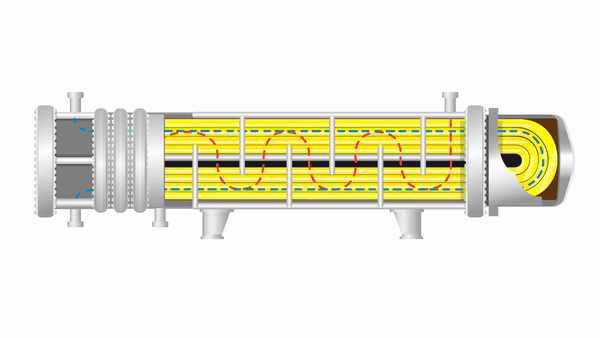
At the core of the evaporator’s operation is the transfer of heat from the space or product to be cooled into the refrigerant. As the liquid refrigerant exits the expansion valve, it enters the evaporator and begins to “boil off,” a term describing the refrigerant’s evaporation. This phase change, prompted by the low-pressure environment of the evaporator, allows the refrigerant to absorb heat efficiently, causing it to vaporize at a temperature lower than that of the cooling space.
The evaporative process not only draws latent heat from the refrigerant but also lowers its temperature significantly. This results in a chilled evaporator coil, which then acts as the cooling interface for the refrigeration system. The effectiveness of this process is critical for maintaining the desired temperature in the refrigerated space and ensuring the system operates within its designed parameters.
Evaporators Types
Based on the types of evaporators and the mode of heat transfer listed, it’s evident that the design and operation of an evaporator are chosen to fit the specific requirements of the application best. Here’s a brief overview of the types mentioned:
According to the Type of Construction
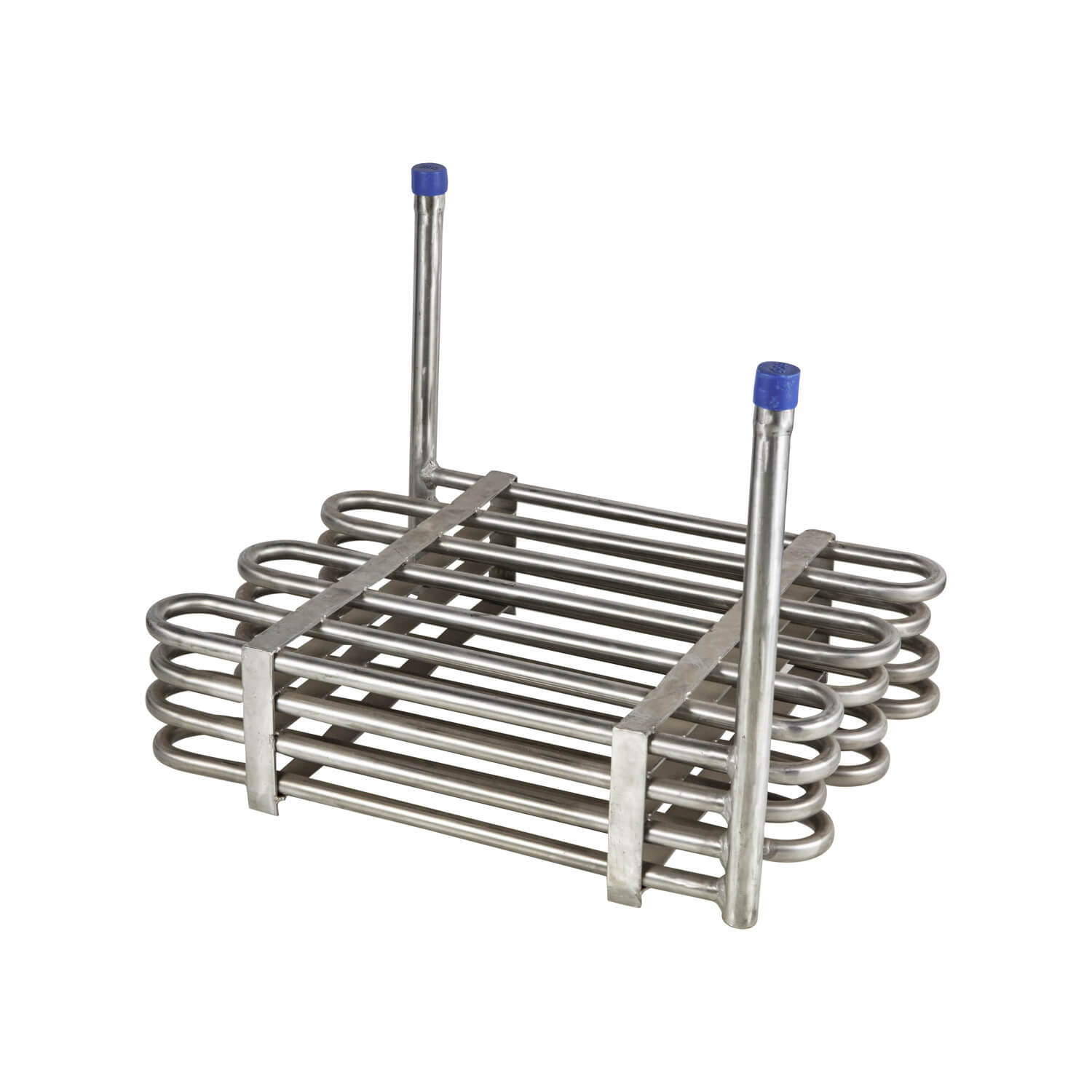
Bare Tube Coil Evaporator: Simple in design, these are used in applications where the risk of fouling is low. They consist of coils made from bare tubes and are generally less efficient in heat transfer compared to other types.
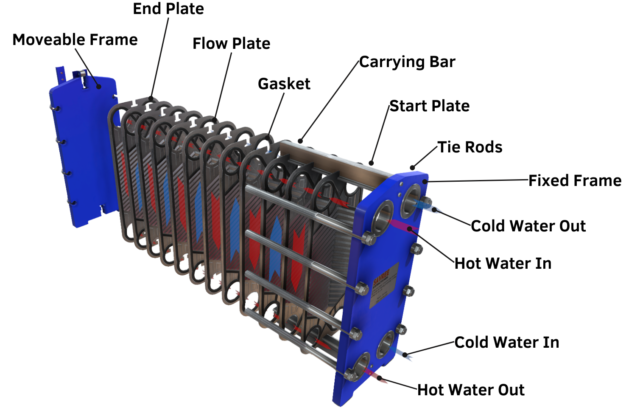
Plate Evaporator: Comprises a series of metal plates with refrigerant flowing between them. This type is known for its high heat transfer efficiency and is commonly used in compact systems.

Shell and Coil Evaporator: Consists of a large shell with a coiled tube inside, through which the refrigerant flows. The secondary fluid surrounds the coil within the shell.
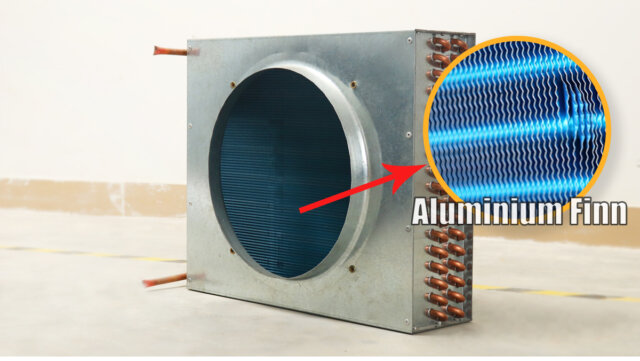
Finned Tube Evaporator: Features tubes that have fins attached to their outer surfaces to increase the contact surface with the air, enhancing the heat transfer efficiency. These are commonly found in air conditioning systems.
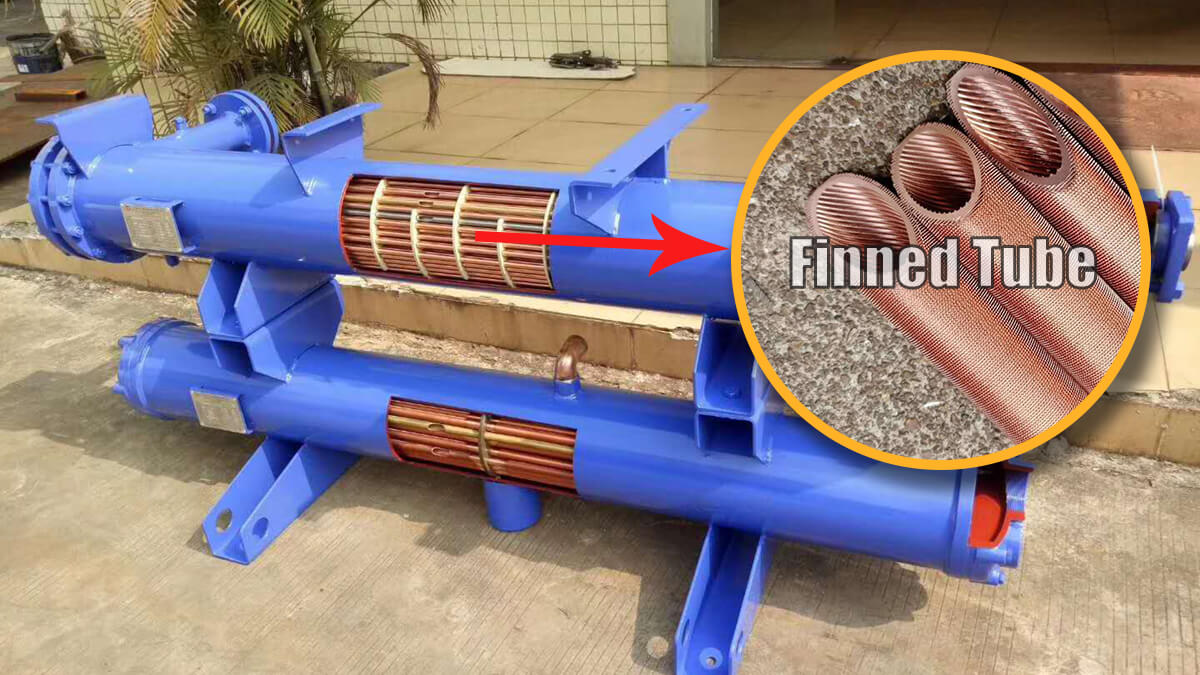
Shell and Tube Evaporator: The most widely used type, particularly in industrial applications, consists of a shell containing multiple tubes through which the refrigerant flows, as discussed earlier.
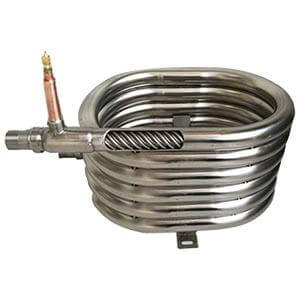
Tube-in-Tube Evaporator: Consists of one tube inside another with the refrigerant flowing in the inner tube and the secondary fluid in the space between the inner and outer tube.
According to the Mode of Heat Transfer
Natural Convection: Relies on the natural circulation of the refrigerant due to the density differences that arise from temperature changes. This mode doesn’t require external pumps or fans to move the refrigerant.
Forced Convection: Uses external means such as pumps or fans to circulate the refrigerant and increase the rate of heat transfer. This method is more efficient and is typically used when higher rates of heat exchange are required.
Optimizing Evaporator Performance in Refrigeration
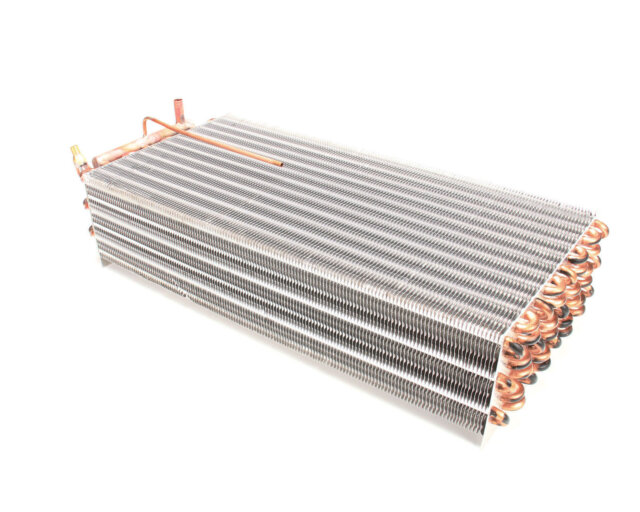
For an evaporator to operate at peak performance within a refrigeration system, certain ideal conditions must be met:
- Maximized Surface Area: The evaporator should possess the largest possible surface area that can be consistently cooled. This maximization ensures that there is ample space for heat absorption, thereby improving the efficiency of the refrigerant’s phase transition from liquid to vapor.
- Enhanced Air (Liquid)Circulation: Effective and rapid air(liquid) circulation around the evaporator is essential. Keeping the evaporator’s surfaces clean and free from frost ensures that the unit can exchange heat without any insulative barriers that could impede performance.
- Optimal Temperature Differential: Maintaining a temperature difference of 8°C to 10°C between the refrigerant and the air around the evaporator facilitates efficient heat transfer without overburdening the system.
- Elevated Suction Pressure: Higher suction pressure within the evaporator correlates to an increased capacity and heightened efficiency from the condensing unit, enabling the system to perform optimally.
- Controlled Humidity Management: The evaporator should be designed to minimize the extraction of water vapor. By doing so, the system maintains a higher humidity level which is crucial for preserving the appearance, moisture content, and weight of perishable goods, such as food.
Evaporator in Chiller System
Chiller systems, integral to various industrial and commercial applications, rely heavily on the efficiency of evaporators. Among the prevalent types, two primary types are the shell and tube evaporator and the shell and coil evaporator—the latter often employed in certain air-cooled chillers.
Shell and Tube Evaporators
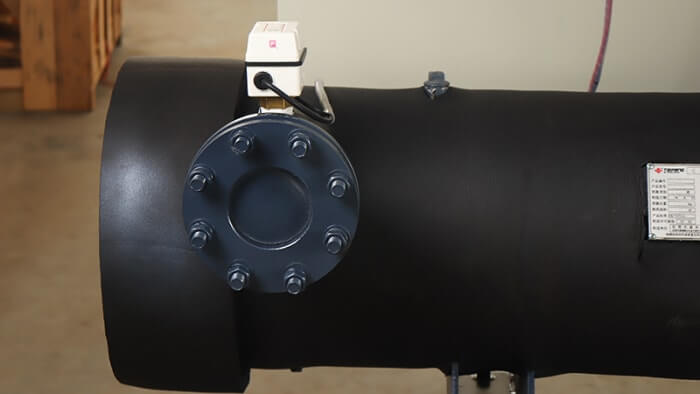
Advantages:
- They exhibit remarkable heat transfer capabilities, thanks to the extensive surface area provided by the tubes.
- Robustness is a key feature, allowing them to handle significant pressure differentials and harsh operating conditions.
- Maintenance, including cleaning and inspection, is facilitated by the design, often featuring removable tube bundles.
Disadvantages:
- These evaporators can be bulky, requiring more space, which might not be ideal for compact setups.
- The initial investment can be higher, reflecting the complexity and material costs of the design.
- There’s a susceptibility to scaling and fouling, which necessitates routine maintenance to ensure optimal operation.
Shell and Coil Evaporators
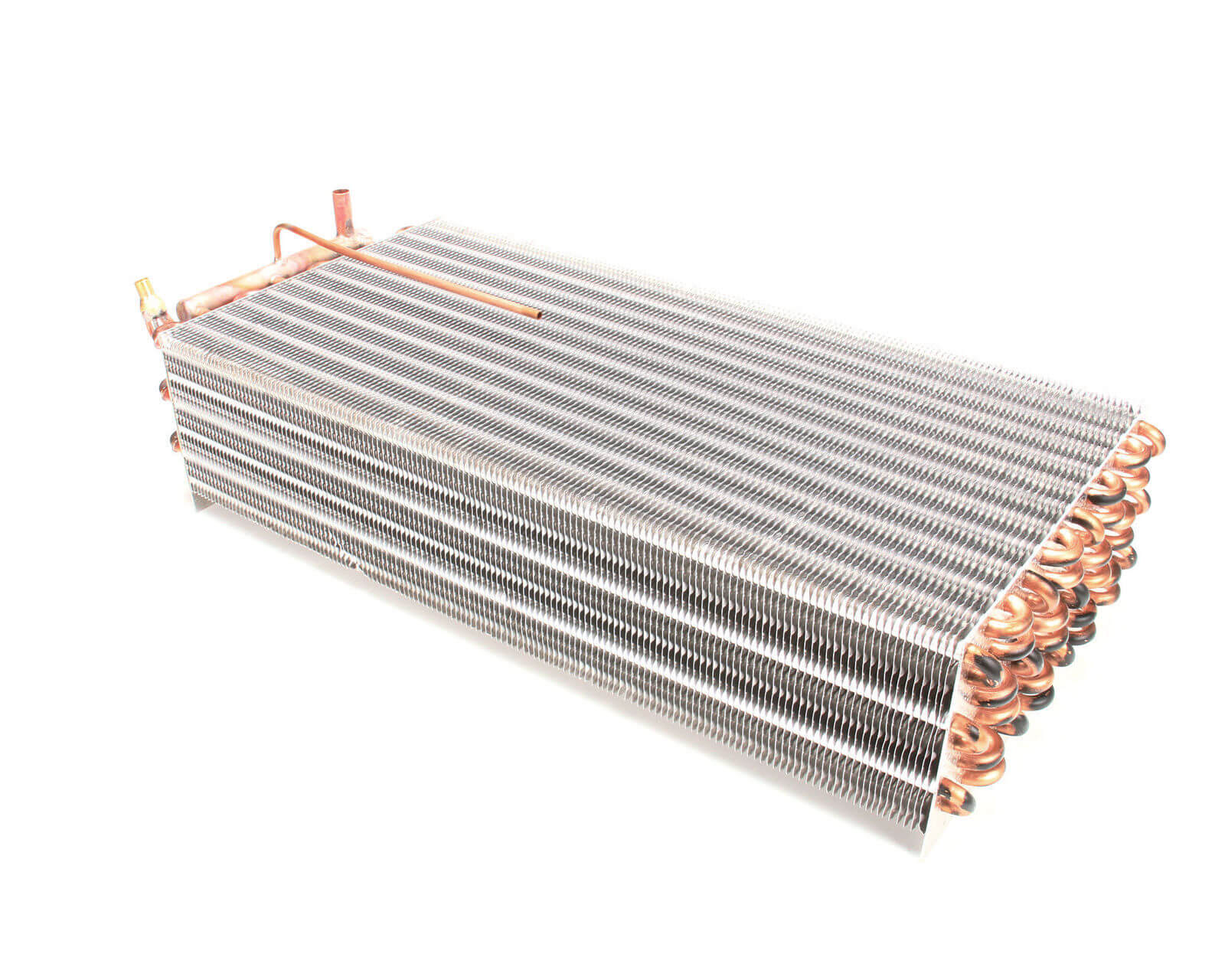
Advantages:
- Compact design makes them a good fit for air-cooled chillers where space is at a premium.
- Often more economical in terms of upfront costs when compared to shell and tube designs.
- Can be effective in applications where lower refrigerant charge is desirable.
Disadvantages:
- Typically lower heat transfer efficiency than shell and tube designs.
- May not be as easy to clean and maintain due to the coiled design.
- Can be less durable, especially if the coils are not adequately protected or made from resilient materials.
Suitable Chiller Types
- For Shell and Coil Evaporators: Their compact design and lower refrigerant charge make them apt for small-sized chillers. Air-cooled chillers often employ these evaporators, benefiting from their space-saving attributes and cost-efficiency.
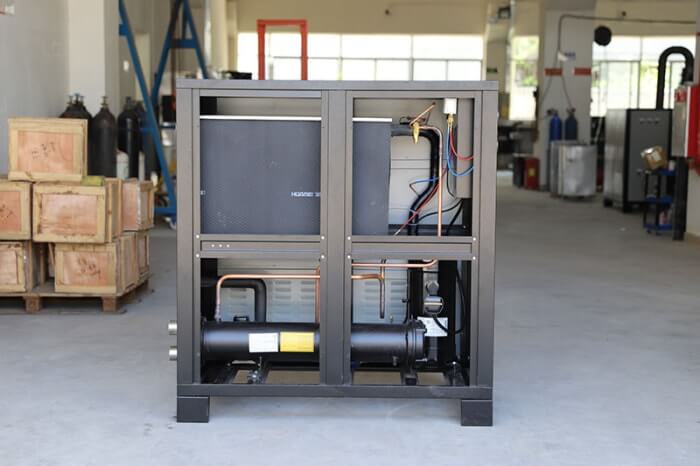
- For Shell and Tube Evaporators: Given their efficiency and durability, these evaporators are well-suited for medium to larger-scale applications, making them the go-to for water-cooled chillers that require stable, high-capacity cooling.
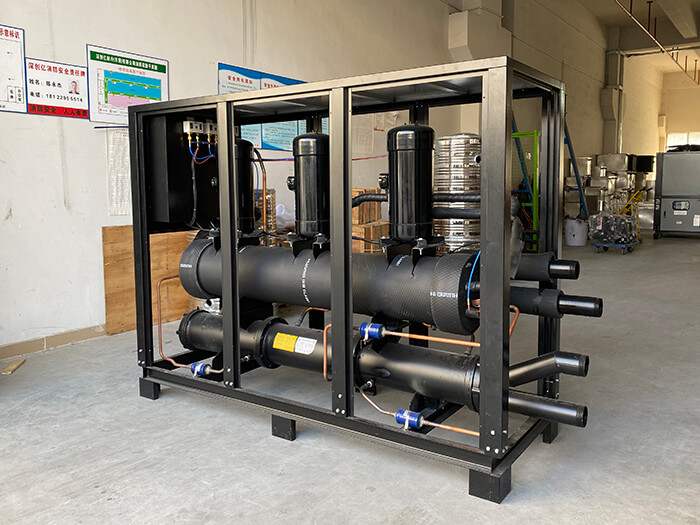
Conclusion
In the refrigeration cycle, the choice of evaporator is pivotal. Shell and tube evaporators are the backbone of water-cooled chillers in larger applications, offering high heat transfer and robustness. Shell and coil evaporators, on the other hand, are tailored for the compact requirements of smaller, air-cooled chillers. Selecting between them hinges on a system’s scale, efficiency needs, and space constraints, underscoring the evaporator’s critical role in the performance of chiller systems.
